Off the job training v/s On the job training
Off the job training and on-the-job training have several advantages, including higher safety, improved employee morale, and less turnover.
At its foundation, training gives workers the knowledge and abilities they need to succeed in their current roles and positions them for future professional growth. It promotes a culture of learning, improvement, and self-improvement, fostering a more positive and effective workplace.
In this blog, we’ll explore the difference between these two types of training and its role in fostering a skilled and engaged workforce. This insight can help your organisation curate, plan and fine-tune your training module.
What is on the job training(OJT)?
On-the-job training takes place at the workplace and provides practical learning opportunities. This can include things like job shadowing, mentoring, and apprenticeship programmes.
What is off the job training?
This training includes activities like workshops, seminars, and online courses and takes place away from the workplace.
Comparison
This tabular comparison of the two types of training can help you gain insight on the topic:
| Aspect | On the Job | Off the Job |
| Approach | Practical | Theoretical |
| Participation | Active | Inactivity |
| Location | In the Workplace | Away from the Workplace |
| Hours | During Billable Hours | Outside of Billable Hours |
| Conductor | Experienced Employees | Professionals or experts |
| Cost | Almost Free | Expensive |
| Work Disruption | No Work Disruption because production is taking place during training | There is disruption in work since training is followed by performance |
| Learning Formal | Performance based learning | Knowledge based learning |
| Customization | Easy to tailor training to specific requirements | Training cannot be tailored to specific employees |
| Application | Immediate Application to Job Tasks | Delayed implementation of information to tasks. |
| Networking | Offers limited external networking opportunities to employees | Encourages and enhances employee networking |
| Commitment | Signifies long term commitment to employee development | This is a short term investment in employee growth |
| Certification | May not always provide certification | Often results in certification and accreditation |
Difference between on the job training and off the job training
| Aspect | On the Job | Off the Job |
| Location | The training takes place in the real workplace. | Takes place somewhere other than the workplace, like a classroom or workshop. |
| Context | Training focuses on specific job-related skills and tasks. | Training is more general and covers a wider range of topics. |
| Flexibility | Training is frequently more adaptable and can be made to fit the needs of the employee. | A set curriculum is typically followed during training. |
| Timing | Work and training can be done at the same time. | Employees may have to miss work for training. |
| Evaluation | Because training is directly related to job performance, it can be evaluated more easily and accurately. | Because it might not be directly related to job performance, training can be harder to evaluate. |
In conclusion, both have a significant role in shaping the trajectory of the organisation’s progress and employee development.
On-the-job training gives employees practical experience right in the workplace, allowing for immediate skill application and alignment with the company’s culture. In contrast, training that is not related to a job offers structured programmes and theoretical knowledge that can be used to develop a wider range of skills.
Organisations should carefully consider their training goals, available resources, and employee needs to strike the right balance between these two approaches in order to create an effective training programme.
Whichever type of training it is, a well-thought-out training programme can result in a more skilled and engaged workforce, which will ultimately help the company grow and succeed.
Join DEIjobs and Exhibit your Top Jobs! Register NOW!
Join DEIjobs to connect with a diverse talent pool, including candidates with disabilities, women, LGBTQ+ candidates, war veterans, and women on a career break.





